Personal Finance
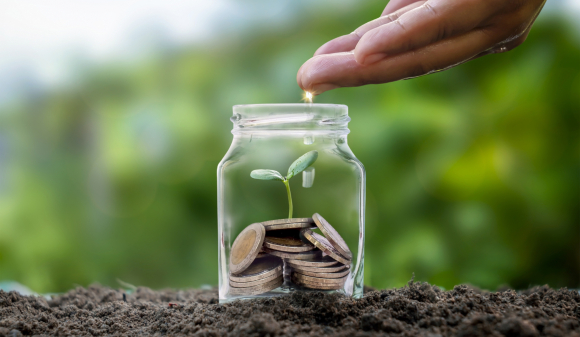
A dividend reinvestment plan, or DRIP, is an investment program designed to slowly compound your shares in a chosen company. It works by automatically reinvesting your incoming cash dividends towards the purchase of additional shares. This allows you to slowly compound your dividend returns, drop by drop.

Three years ago, a friend, Cam, told me about how his dad didn't see death coming. He didn't know that a truck would take him out while he was out doing errands for his wife.
He had no idea he was not going to return home. It was almost six months to the day since his mother had had a major stroke while she was in California.
His parents didn't have any insurance. So, they had to stabilize his mother to get her back home. That event essentially bankrupted them.
For a Limited Time, Subscribe to the Digital Version of Canadian MoneySaver for Only $15* and Enjoy Everything that the Best Independent Personal Resource Has to Offer!
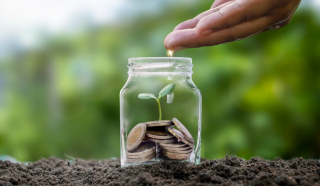
A dividend reinvestment plan, or DRIP, is an investment program designed to slowly compound your shares in a chosen company. It works by automatically reinvesting your incoming cash dividends towards the purchase of additional shares. This allows you to slowly compound your dividend returns, drop by drop.

Three years ago, a friend, Cam, told me about how his dad didn't see death coming. He didn't know that a truck would take him out while he was out doing errands for his wife.
He had no idea he was not going to return home. It was almost six months to the day since his mother had had a major stroke while she was in California.
His parents didn't have any insurance. So, they had to stabilize his mother to get her back home. That event essentially bankrupted them.
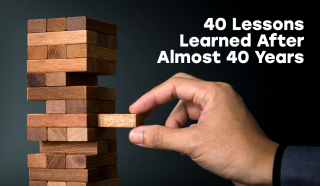
If you count actual jobs, I have now spent more than 36 years in the investment industry. If you start from my first stock trade, I have spent 47 years watching, analyzing and trading stocks. Even after so long, there is still lots to learn. That’s why I love the market—every day is different; every day creates an opportunity to either make—or lose—money. My goal—and yours—is to be on the right side of that equation.
While you will never know everything there is to know about the market, and in fact, when investors think they know everything, they are clearly destined for trouble, experience does help. Over the past 47 years, I have picked up a few pointers and guidelines. They don’t always work, but they tend to work more often than not.
I am going to share with you some of my favourite investment/trading guidelines. Remember, these are just for you. It is simply our way of trying to help you, the individual inve
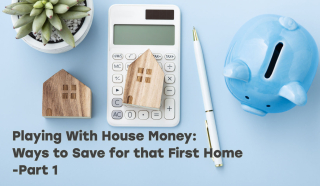
It’s not exactly a newsflash that buying a first home in today’s Canada is only a pipedream for many. Prices soared to new highs across the nation during the heights of the Covid pandemic and, although we are now well off of those highs, the subsequent rampant run-up in interest rates has vastly decreased how much potential buyers can and should borrow. Making things even worse, 2022’s stock market decline chipped away at many potential down payments and the current stratospheric level of inflation means that a portion of many pay cheques earmarked towards home savings have been diverted to things like gas and groceries. The reality is that for many young Canadians, their only chance of getting into the housing market any time soon is from either playing the lottery or with a little help from someone else.

Let’s face it. The world is set up for couples. From Noah’s Ark to Bumble, it’s all about pairing up. Sure, there are benefits to staying single, like sleeping on whatever side of the bed you fancy, but added financial security isn’t one of them. For singletons, few things are as annoying as “smug marrieds.” Not only do these couples flaunt their cozy togetherness, but they get access to financial perks only available to twosomes.
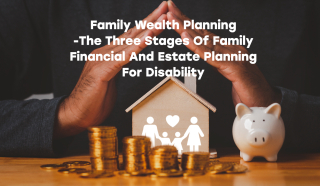
Planning to financially support a loved one with a disability is a three-stage process. The first stage gets the most attention but stages two and three are often ignored or delayed unnecessarily.

On average, Canadian graduates with a bachelor’s degree owe $28,000 in student debt. Although the government provides different student loan forgiveness programs, they aren’t readily available or enough to help graduates break free from steep loan burdens.

